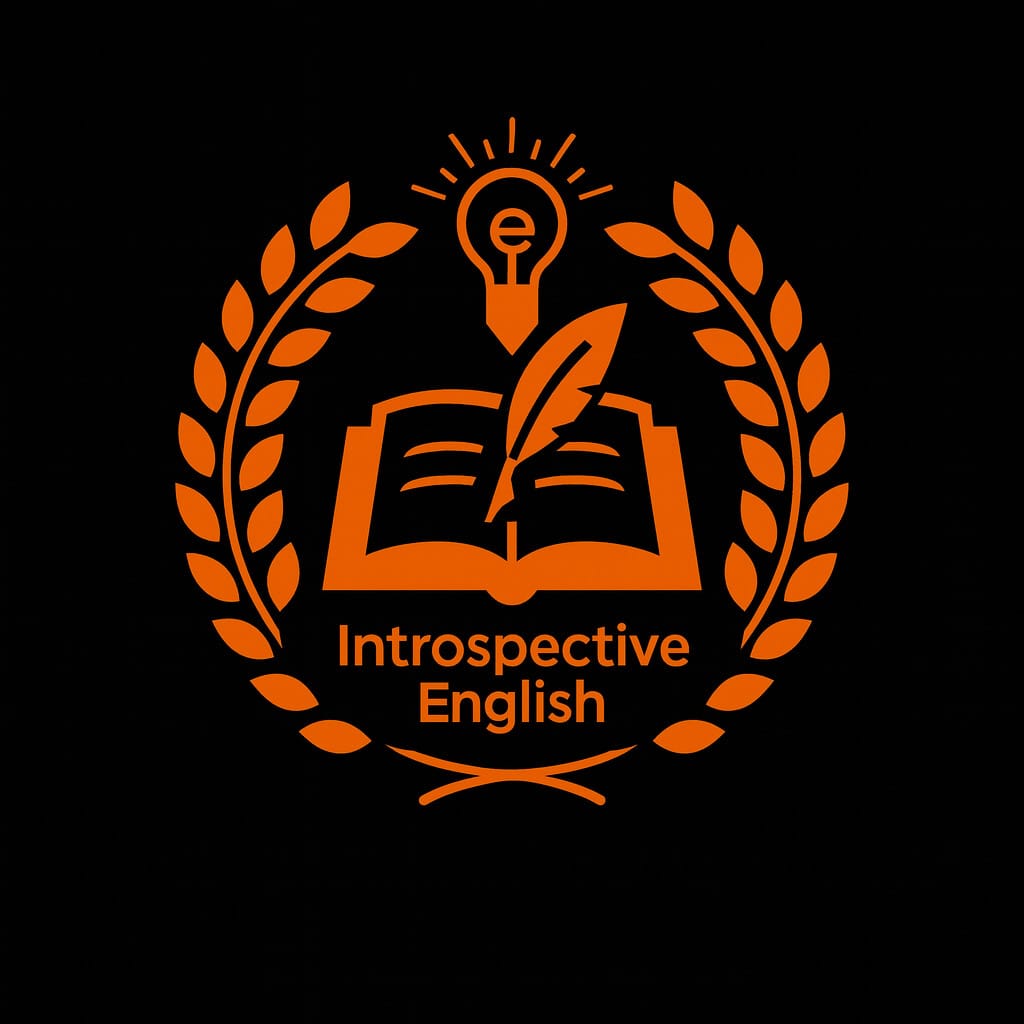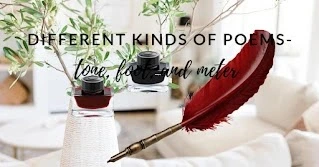Email:learnwith@introspectiveenglish.com
Physical address:
Durgapur, India


Prepare, Practise and Participate

Prepare, Practise and Participate

Reading poetry transports us into a world of imagination, emotion, and reflection. It enriches us with insights and feelings on diverse subjects. Let’s explore the different types of poems commonly found in English literature:
The term lyric originates from the Greek word lyre, a musical instrument. A lyric poem expresses the poet’s deep emotions and personal feelings, often with a musical or rhythmic quality.
A pastoral poem portrays the serene beauty of rural life and nature. It idealizes the simplicity and charm of life in the countryside.
A romantic poem glorifies nature and reveals the poet’s emotional connection with the natural world. These poems often reflect personal feelings, imagination, and deep appreciation for beauty.
An ode is a form of lyrical poetry that addresses and praises a specific subject or object in an elevated style.
A ballad is a narrative poem, often set to music, that tells a story filled with strong emotions. It typically includes repeated lines and simple language.
An epic poem is a lengthy narrative that involves heroic deeds and grand adventures. Often written in blank verse, an example includes Paradise Lost by John Milton.
Derived from the Italian word sonetto, meaning “little song”, a sonnet is a 14-line poem that follows a specific rhyme scheme and meter, typically iambic pentameter. Common themes include love, beauty, and human emotions. Popular forms include:
Petrarchan Sonnet – Divided into an octave (8 lines) and sestet (6 lines).
Shakespearean Sonnet – Comprises three quatrains and a final rhyming couplet.
An elegy is a mournful poem written to lament the loss of someone or something.
A war poem highlights themes of patriotism and valor, glorifying the events and sacrifices of war.
In contrast, an anti-war poem depicts the brutality, death, and destruction caused by war, offering a realistic and often critical view.
A satirical poem mocks societal norms and problems through wit, irony, and exaggeration, aiming to inspire reform or critical thought.
The tone of a poem reflects the speaker’s attitude toward the subject and significantly influences the emotional atmosphere. Here are common poetic tones:
Bitter Tone – Reflects despair, suffering, or disappointment.
Jovial Tone – Evokes joy, playfulness, and excitement.
Fascinating Tone – Captures feelings of wonder and intrigue.
Pessimistic Tone – Expresses hopelessness and negativity.
Optimistic Tone – Conveys hope, inspiration, and positivity.
Ironic Tone – Highlights contradictions or unexpected outcomes.
Frustrated Tone – Shows annoyance, despair, or dissatisfaction.
Nostalgic Tone – Evokes sentimental longing for the past.
Serious/Grave Tone – Indicates sincerity and gravity.
Scornful Tone – Implies disdain, ridicule, or contempt.
Reflective Tone – Encourages introspection and deep thought.
Inspirational Tone – Motivates through courage and resilience.
Dark Tone – Suggests fear, mystery, or sadness.
Regretful Tone – Reveals remorse or sorrow over past actions.
Peaceful Tone – Portrays calmness, serenity, and harmony.
Playful Tone – Uses humor, wit, and intellectual charm.
Melancholy Tone – Communicates sadness, longing, or grief.
Understanding foot and meter is essential for analyzing a poem’s rhythm, known as scansion.
A syllable is a unit of sound in a word, often determined by vowel pronunciation.
One-syllable: bird
Two-syllables: reading
There are two types of syllables:
Stressed Syllable – Emphasized more than others (commonly verbs, nouns, adjectives).
Unstressed Syllable – Less emphasized (typically articles, pronouns, prepositions).
A foot is the basic unit of measurement in poetry, consisting of a pattern of stressed and unstressed syllables.
Iamb: unstressed + stressed (e.g., re-LIEVE)
Trochee: stressed + unstressed (e.g., TA-ble)
Spondee: stressed + stressed (e.g., HEART-BREAK)
Pyrrhic: unstressed + unstressed (rare and often paired with other feet)
Dactyl: stressed + unstressed + unstressed (e.g., MER-ri-ly)
Anapaest: unstressed + unstressed + stressed (e.g., in the NIGHT)
Amphibrach: unstressed + stressed + unstressed (e.g., re-MEM-ber)
Meter is the structured rhythm of a poem, defined by the number of feet in a line:
Monometer: 1 foot per line
Dimeter: 2 feet
Trimeter: 3 feet
Tetrameter: 4 feet
Pentameter: 5 feet (commonly used in sonnets)
Hexameter: 6 feet
Heptameter: 7 feet
Octameter: 8 feet
Understanding whether a poem uses rhyme or meter helps classify its structure:
Follows both a strict meter and rhyme scheme.
Uses a strict meter (typically iambic pentameter) but does not rhyme.
Does not follow meter or rhyme scheme. Poets use free verse to break traditional rules and convey emotions using vivid language and powerful imagery.Example: Pablo Neruda’s Tonight I Can Write and A Dog Has Died.
Rhyming words have similar ending sounds, adding to the poem’s musicality.Example: shaken and taken.
Share this content: